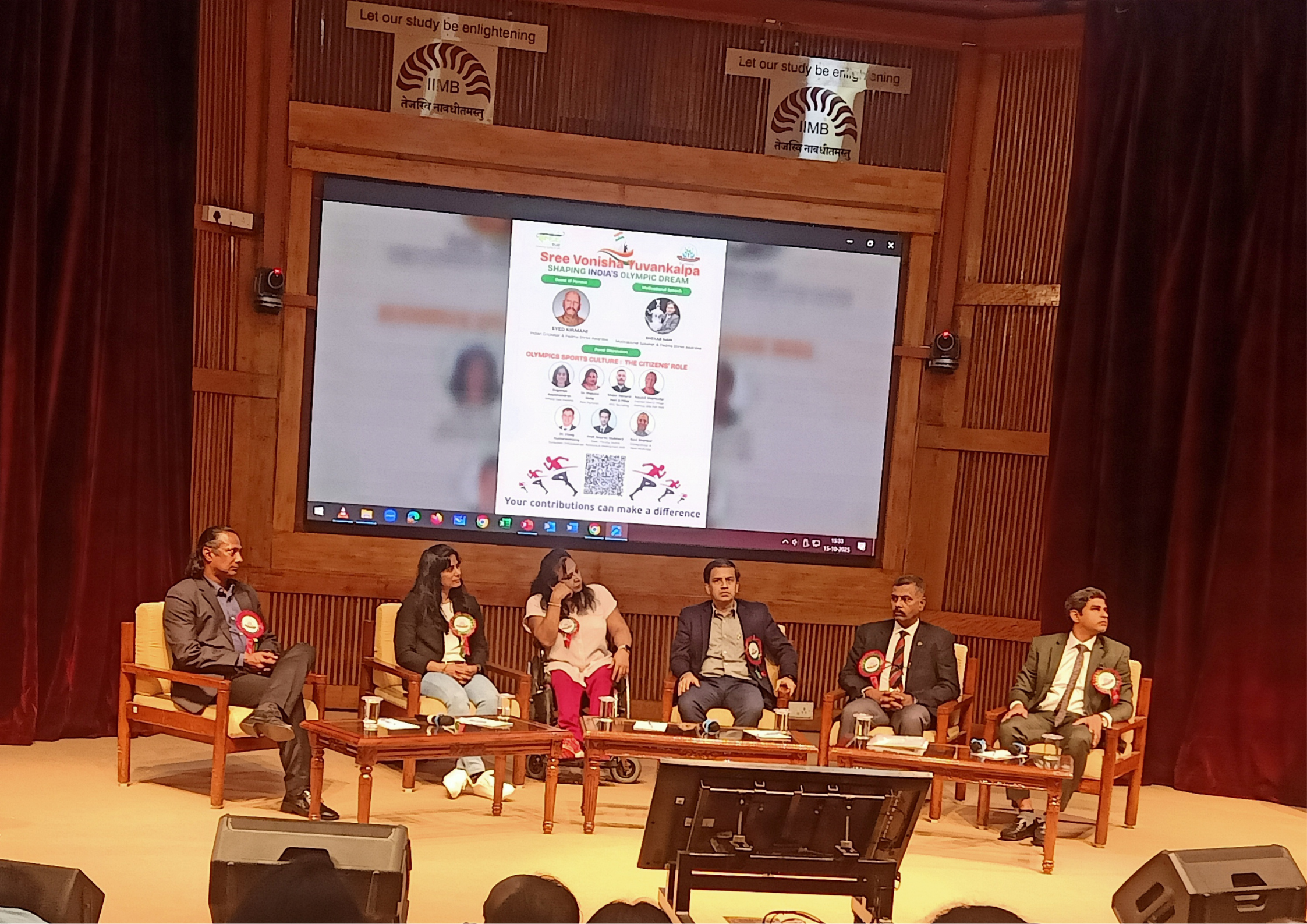The Abacus Advantage: How Early Mental Math Shapes a Child’s Brain
A Morning in Two Homes
Seven-year-old Anika begins her day in Hyderabad with a quick abacus warm-up: five minutes of “imaginary bead” calculations before breakfast. Across the world in Osaka, Kenji, also seven, taps through a Soroban drill at school as naturally as brushing his teeth. By the time both children reach middle school, Kenji’s country will consistently outscore most nations in international math benchmarks like TIMSS and PISA. Is it coincidence—or the quiet power of early mental math practice?
Welcome to the abacus advantage, where ancient counting beads meet modern neuroscience.
1. What Exactly Is Mental Abacus Training?
The abacus—often the Japanese soroban or the Chinese suanpan—is a simple frame of rods and beads. Children first learn to manipulate real beads, then progress to “visualization,” performing calculations by imagining bead movements in their minds.
Researchers call this mental abacus (MA), and it’s more than an old-fashioned calculator. It’s a structured way to strengthen working memory, attention control, and numerical intuition.
2. How Abacus Training Shapes the Brain
Brain Imaging Evidence
- A landmark study in NeuroImage (Tanaka et al., 2002) found that trained abacus users show increased activation in the right parietal lobe—an area linked to spatial processing—rather than just the left hemisphere typically used for arithmetic.
- Follow-up research (Hu et al., Frontiers in Human Neuroscience, 2011) reported improved visuospatial working memory and stronger connectivity between hemispheres in children who practiced mental abacus for two years.
Executive Function Boost
Mental abacus requires simultaneous visualization and manipulation, which exercises executive functions like inhibition (ignoring distractions) and cognitive flexibility. These are the same skills that help children plan, problem-solve, and self-regulate in daily life.
3. Early Start, Lasting Payoff
The “Window of Plasticity”
The ages of 5–8 are considered a prime period for building neural circuits for number sense. A multi-site trial in China (Dong et al., 2016) showed that children who began abacus training before age 7 outperformed peers in mental calculation and working-memory tests even three years after stopping formal lessons.
Global Comparisons
Countries like Japan and Taiwan integrate soroban practice into elementary curricula. In contrast, Indian children often encounter abacus only through optional after-school programs, usually around age 8 or later—missing that critical early window.
4. Beyond Arithmetic: Hidden Life Skills
Parents often notice unexpected benefits:
Improved Concentration – Short, daily practice sessions teach kids to stay focused.
Confidence with Numbers – Quick mental math reduces “math anxiety.”
Creativity and Imagination – Visualizing moving beads nurtures vivid mental imagery.
These align with findings from a 2021 meta-analysis in Educational Psychology Review, which concluded that abacus training positively affects not just math achievement but overall cognitive development.
5. Getting Started: A Parent’s Roadmap
Step 1: Explore Local or Online Programs
Look for centers or teachers certified by recognized bodies (e.g., Soroban associations, UCMAS, ALOHA). Ask about instructor training hours, student–teacher ratio, and progression to mental calculation.
Step 2: Short, Consistent Practice
Five to ten minutes daily is more effective than one long weekly session. Encourage playful challenges—timed sums or family “abacus races.”
Step 3: Integrate with Daily Life
Invite your child to estimate grocery totals or mentally split a pizza bill, reinforcing skills outside class.
6. Tips for Choosing a Quality Abacus Class
| Key Factor | Why It Matters | Parent Questions to Ask |
|---|---|---|
| Instructor Certification | Ensures correct technique | “What training do you have?” |
| Class Size (<10 kids) | Individual attention | “How many per batch?” |
| Visualization Focus | Core of mental abacus | “When do kids start bead-free practice?” |
| Competition Exposure | Builds motivation | “Do you host intra-school or state contests?” |
7. The Indian Landscape and Opportunities
While India has thousands of private abacus franchises, integration into government schools is still rare. Contrast this with Japan, where over 80% of elementary schools introduce soroban basics.
According to India’s latest National Achievement Survey (NAS 2021), only about 44% of Grade 5 students achieve grade-level math proficiency—an opportunity for enrichment programs like abacus to complement classroom teaching.
8. A Word of Balance
Abacus training is a powerful supplement, not a replacement, for conceptual math understanding. Encourage your child to see it as a mental gym for agility and confidence, while school math builds formal reasoning and problem-solving.
9. Bringing It All Together
From ancient trading posts to cutting-edge neuroscience labs, the abacus proves that simple tools can unlock extraordinary potential.
Anika in Hyderabad may never compete in an international soroban championship, but her early abacus practice is quietly wiring her brain for sharper focus, quicker calculations, and a lifetime of mathematical confidence.
Why wait? A small wooden frame—or even an app to start—can set the beads of your child’s mind in motion today.


